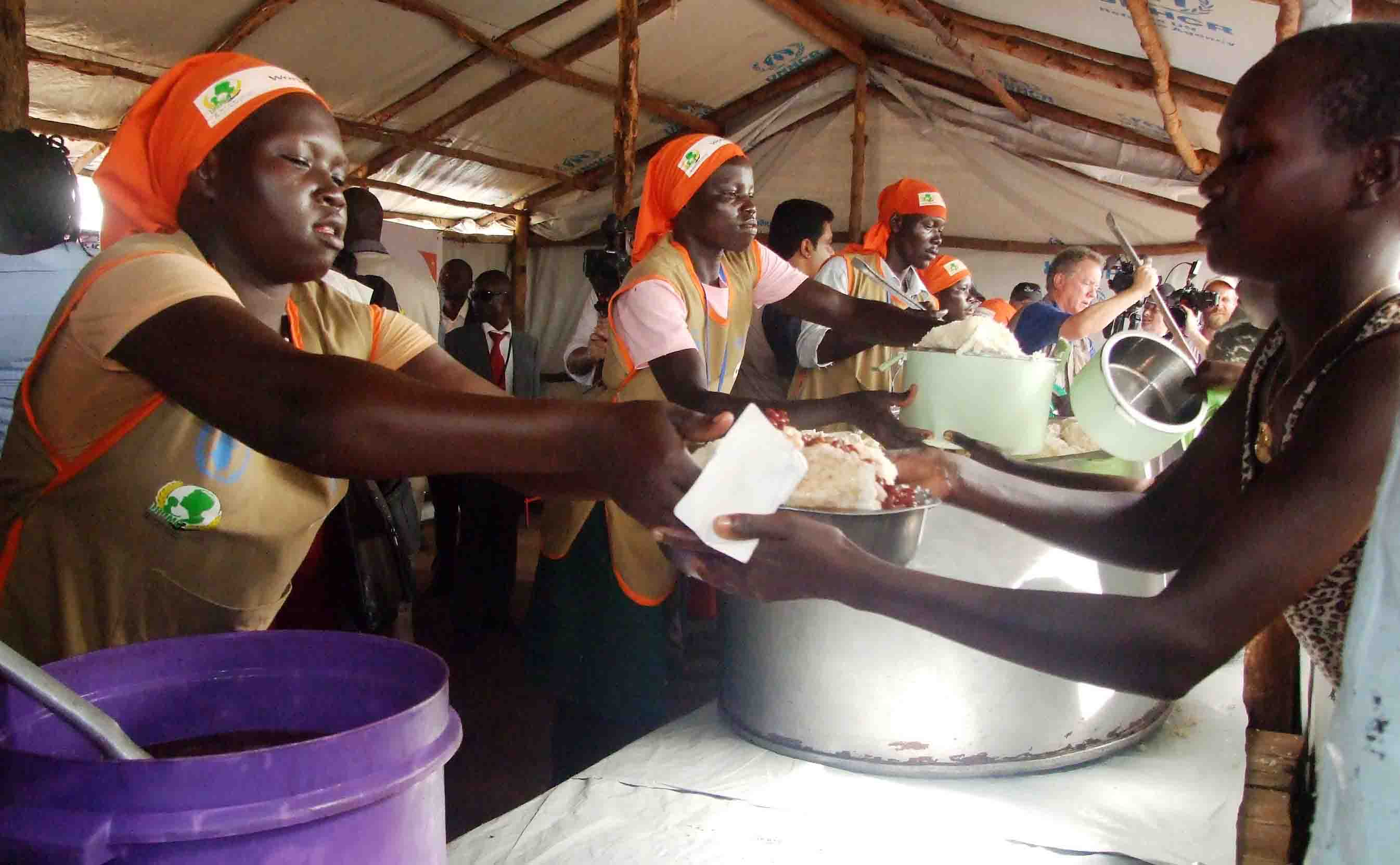Forced migration a curse for the EA region that also brings blessing
Saturday July 15 2023
Sudanese refugees from the Tandelti area who crossed into Chad, in Koufroun, near Echbara, receive aid on April 30, 2023. PHOTO | GUEIPEUR DENIS SASSOU | AFP
Conflict, drought and poverty fuelled high levels of cross-border movements in Eastern Africa in the past year, amplifying vulnerabilities and inequalities.
"However, the high mobility was one of the most transformative forces of development in Africa," noted Laura Nistri, the regional data hub coordinator for the East and Horn of Africa at IOM - UN Migration.
“By facilitating free movement of goods, services and people, it has the potential to catalyse socioeconomic opportunities, move households out of poverty and increase the shared prosperity of countries and their citizens. Deeper regional integration allows member states to tackle joint challenges, including peace and security, climate change and drivers of instability,” said Nistri.
Read: All eyes on Sudan with fears of cross-border displacements
However, she pointed out that recent humanitarian crisis in some countries have impacted the stability of the whole region, pushing millions of individuals to flee within and outside their countries, with the most recent incident being in Sudan, which is currently facing a severe humanitarian crisis as millions of individuals have been displaced.
“The complexity of the East and Horn of Africa context plays a significant role in maintaining this region as a hotspot for conflict, climate-related issues and hunger. It is crucial that we pay close attention to these challenges through 2023 and beyond by providing much-needed assistance and monitoring developments,” she said at the start of the 4th Igad Migration Data Technical Working Group Workshop held in Nairobi from July 10 to 13.
Data collection
She highlighted the need to enhance coordination in migration statistics, address regional harmonisation guidelines, and improve data collection and sharing across different levels for the Igad migration statistics report.
"Accurate, reliable and timely data is essential for development of evidence-based policies as well as national development plans," Nistri observed.
By May 2023, over 4.59 million people registered as refugees and asylum seekers are residing in the Igad region, along with an estimated 12.15 million internally displaced persons.
To address migration and displacement issues, Igad has established a comprehensive policy approach known as Regional Migration Policy Framework (RMPF). This empowers the Igad Secretariat with establishing harmonised migration data collection systems while strengthening analysis capabilities pertaining to migration trends.
Read: Kenya’s radical solution to age-old refugee problem
Samson Bel-Aube Nougbodohoue from the African Union emphasised the need for an information system on migration in Africa.
“It is essential that high-quality, reliable, and up-to-date migration statistics be available at national, regional and continental levels within the African Statistics System. These statistics are vital for better understanding the phenomenon of migration as well as developing targeted policies alongside effective planning and decision-making processes.”
Charles Ogolla, head of Statistics at Igad, said Igad remains committed to strengthening the regional statistical system by operationalising its Regional Strategy for Development of Statistics.
